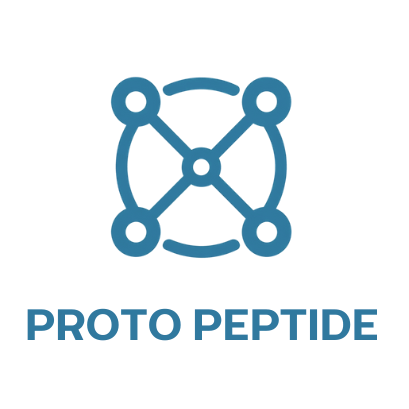GHK-Cu, TB-500 & BPC-157: What the Research Shows About Inflammation Modulation
Inflammation is a key driver of many physiological responses—from tissue repair to chronic disease progression. In the realm of peptide research, three standout compounds—GHK-Cu, TB-500, and BPC-157—have emerged as significant players in the modulation of inflammation, particularly in experimental and preclinical settings.
GHK-Cu: A Gene-Modulating Copper Peptide
GHK-Cu (Glycyl-L-Histidyl-L-Lysine Copper) is a naturally occurring peptide with demonstrated anti-inflammatory potential. It has been shown in various research models to downregulate the expression of inflammatory cytokines, such as IL-6 and TNF-α. In addition, GHK-Cu influences gene expression, including the activation of repair-associated genes and suppression of pro-inflammatory pathways. Its antioxidant and tissue-regenerating properties also make it a subject of growing interest in inflammatory condition models.
TB-500: Thymosin Beta-4’s Synthetic Cousin
TB-500 is a synthetic fragment of Thymosin Beta-4, a peptide involved in cellular migration and repair. Research has shown that TB-500 may help reduce inflammation in injured tissues by suppressing the NF-κB pathway, which regulates the expression of numerous inflammatory mediators. Additionally, TB-500 has been associated with reduced leukocyte infiltration and fibrosis in laboratory models, suggesting a role in both acute and chronic inflammation mitigation.
BPC-157: A Peptide with Broad-Spectrum Anti-Inflammatory Activity
BPC-157, derived from a protective peptide found in gastric juice, is well-documented in research literature for its anti-inflammatory effects. It has been shown to reduce inflammation in models of tendonitis, colitis, and traumatic injury. Mechanistically, BPC-157 appears to modulate nitric oxide and prostaglandin pathways, while also enhancing angiogenesis and tissue repair. Its broad action across various tissue types makes it a frequent focus in studies of systemic inflammation.
Why Combine Them? A Synergistic Approach
Combining GHK-Cu, TB-500, and BPC-157 in laboratory settings offers a potentially synergistic strategy. GHK-Cu regulates gene expression and supports antioxidation, TB-500 targets cellular migration and tissue response, and BPC-157 addresses both vascular and inflammatory pathways. Together, these peptides form a multi-pronged approach to modulating inflammation in research models.
Conclusion: Valuable Tools in Inflammation Research
While still under investigation, these peptides have shown consistent anti-inflammatory activity across various preclinical studies. Researchers exploring inflammatory processes, tissue repair, and systemic recovery continue to study GHK-Cu, TB-500, and BPC-157 as promising agents in laboratory models of inflammation.
Disclaimer
This content is intended for informational and educational purposes only and is not intended to promote or sell any product. It is not a substitute for professional medical advice, diagnosis, or treatment. Always consult with a qualified healthcare provider before starting any new supplement or research compound. The statements provided have not been evaluated by the FDA or Health Canada and are subject to change as scientific understanding evolves.
